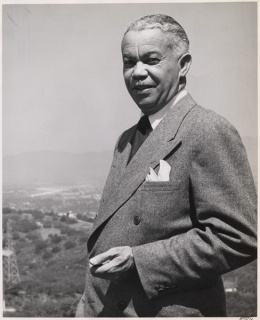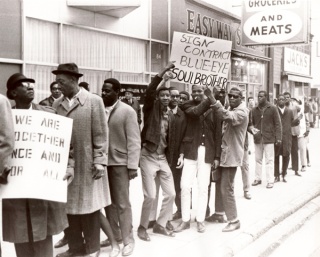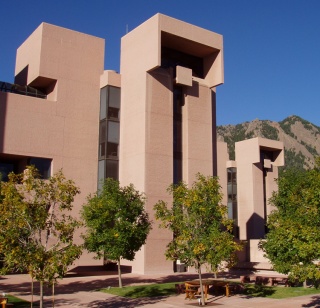Education | Timeline |
- 1829
- 1834
- 1840s
- 1848
- 1853
- 1859
- 1870
- 1870s
- 1871
- 1875
- 1877
- 1879
- 1880s
- 1882
- 1883
- 1884
- 1886
- 1887
- 1889
- 1890s
- 1891
- 1892
- 1893
- 1894
- 1895
- 1898
- 1899
- 1900
- 1900s
- 1901
- 1902
- 1904
- 1905
- 1906
- 1908
- 1909
- 1910
- 1910s
- 1911
- 1912
- 1913
- 1914
- 1915
- 1916
- 1917
- 1918
- 1919
- 1920
- 1920s
- 1921
- 1922
- 1923
- 1924
- 1925
- 1926
- 1927
- 1928
- 1929
- 1930s
- 1930
- 1931
- 1933
- 1934
- 1935
- 1936
- 1937
- 1938
- 1939
- 1940s
- 1940
- 1941
- 1942
- 1943
- 1944
- 1945
- 1946
- 1947
- 1948
- 1949
- 1950s
- 1950
- 1951
- 1952
- 1953
- 1954
- 1955
- 1956
- 1957
- 1958
- 1959
- 1960s
- 1960
- 1961
- 1962
- 1963
- 1964
- 1965
- 1966
- 1967
- 1968
- 1969
- 1970s
- 1970
- 1971
- 1972
- 1973
- 1974
- 1976
- 1979
- 1980
- 1992
Williams Called a "Dean of Architects"
A profile of Paul Williams is published in the September issue of Designers West. In this article Williams describes the on-going challenges of designing California homes. Creating plans for difficult building sites and understanding the client are important elements for "making a home." Williams believes that imagination is the most important tool an architect can employ in solving design problems. "There is no end of things you can do with a home if you use a little imagination."
Money Men Don't Call Press To Tell of Giving
Jet, April 6, 1967
"One wealthy Negro, angered by the charge that he and others with money do little to support the civil rights movement, said it was a 'bold-faced lie.' 'When these young kids go out and demonstrate and get thrown in jail, we're the ones who provide their bail.'"
"Some wealthy Negroes have concentrated their efforts on the civil rights movement, others ... have channeled their aid to other areas. In Los Angeles, wealthy Negroes include Norman O. Houston, board chairman of the Golden State Mutual Insurance Co.... and architect Paul Williams. Seven members of the Williams family are NAACP life members."
National Center for Atmospheric Research, Mesa Lab, Boulder, Colorado
Chinese born I. M. Pei studies at MIT and Harvard Graduate School of Design. This designer becomes one of the most influential modern architects in America. His work is influenced by the midcentury designs of Mies van der Rohe. Pei is known as an "innovator of concrete construction" advocating its use as "the only way to construct an honest building at low cost." (Architect's Journal, 2010) His novel design for the National Center for Atmospheric Research (NCAR) in Colorado is often described as his "breakout" project.
NCAR (1930-1950) is formed by a small group of scientists in response to challenges facing the U.S. in the field of atmospheric science (weather). In the early 60s the group begins formal operations in Boulder, Colorado. Pei is commissioned to design a facility to meet the Center's technical and philosophical needs as well as harmonize with the extraordinary site at the base of the Rocky Mountains. The architect is influenced by nearby Native American cliffdwellings. Using a bush-hammered concrete containing an aggregate of native red sandstone, Pei's design appears to rise from the mountainous site.
Known locally as "the Tower in the Sky," Pei's design supports the Center's philosophy of scientific collaboration. Two towers house the laboratories/offices. The spectacular mountain view top levels (or crows nests) are reserved for individual contemplation.
The Pei's design for NCAR is awarded the Industrial Research: Laboratory of the Year (1967) and the AIA, Colorado Chapter, 25 Year Award (1997).








